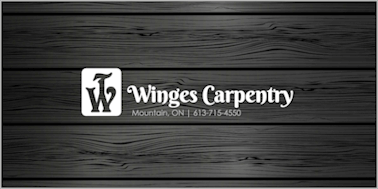



Dormers are structural additions to the roof of a home that adds great value, provides additional ventilation, more natural light and extra space to the highest point of your home. The most popular types of dormers include: gable-fronted dormers that rise to a peak, shed dormers whose roof pitches at a less steep angle and blind dormers that area attached to the roof for exterior aesthetics without additional space or light to the interior of the home.

I will be pleased to help you make a decision where your new dormer should be located on your home in addition to the styling that is best for your building. Together we will consider the costs involved. For instance, a Gable-fronted dormer is typically more expensive to construct as they require additional building materials. Shed dormers require a proper roofline to avoid any interior leakages and are generally installed along the back or side of the house as they are less visually appealing. Blind dormers can be ordered, installed and matched to the existing exterior of your home. Winges Carpentry will be pleased to take on the construction and installation of your dormer and ensure that you are completely satisfied with your decision. Don’t hesitate to reach out to me for assistance.

For proper installation of your dormer, the frame will be constructed of two by four beams, support beams and rafter beams. The correct type and number of beams should be described in any specific dormer plans provided by your qualified contractor. Measure the beams and angles for the framing using a level and tape measure. To cut the beams we use sturdy table saw that able to cut to non-right angles. The dormer frame will be attached to the existing roofing frame using blots, screws and support beams. Roofing and weatherproofing materials will be to prevent the dormer from leaking. Shingles, felt paper, roofing nails sealant and flashing is needed to keep the dormer watertight. The interior of the dormer will also require finishing with insulation and drywall. Regardless of the interior treatment used, we will have to prime the walls of the dormer before painting or wallpapering to add an extra layer of protection. A window will also be used to add ventilation and light. We will ensure that any provided dormer plans include the window’s weight without buckling or warping.

Winges Carpentry is pleased to be a registered, participating member, of Trusted Pro’s Contractor Network. Thousands of Canadians use Trusted Pro’s to find and hire the best possible contractor for their home improvement project, every year.


Once we are ready to commence with the installation, I will measure the size and location of the dormer from both the interior and exterior of the roof. Next materials such as roofing shingles, plywood, weatherproofing, plywood boards and insulation from the area will be removed. Then, the beams will be cut to the angles and lengths described in the dormer plans before attaching them to the roof frame. I will continue by ensuring the vertical face of the dormer is parallel to the front of the house before attaching the sides of the dormer. Once completed, I will finish the dormer framework along its roof which will help ensure the weight of the dormer is fully supported and integrated into the existing roof frame. The last steps will include adding weatherproofing materials, plywood covering, shingles and siding to finish up with the external structure of the dormer. And finally, I will install the window in the frame of the dormer and place internal insulation and drywall before priming the internal area.

We are pleased to provide both residential and commercial clients with their exterior and interior renovation projects throughout Ottawa. Click below to learn more.

